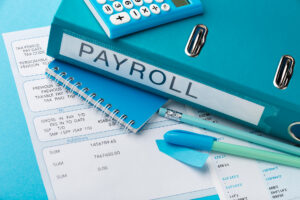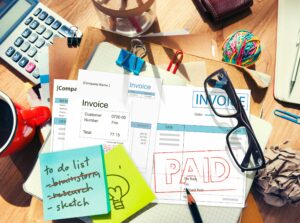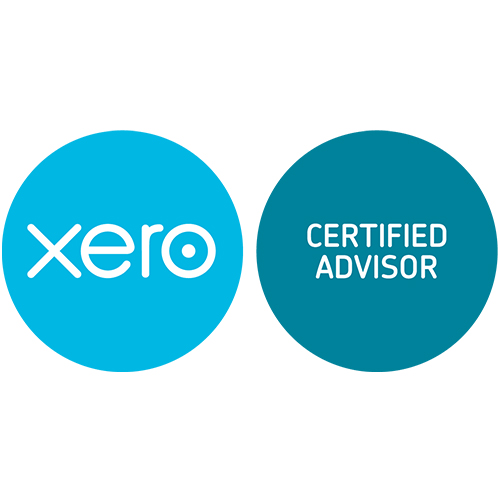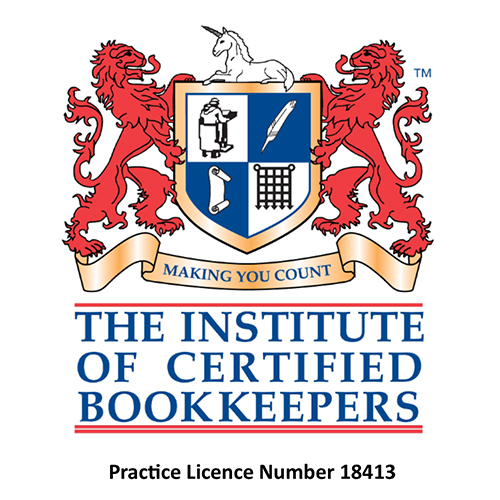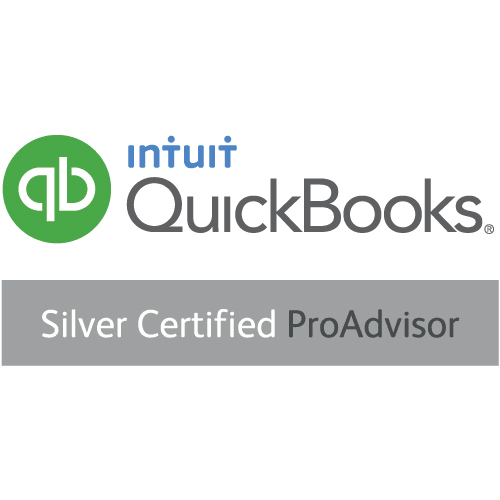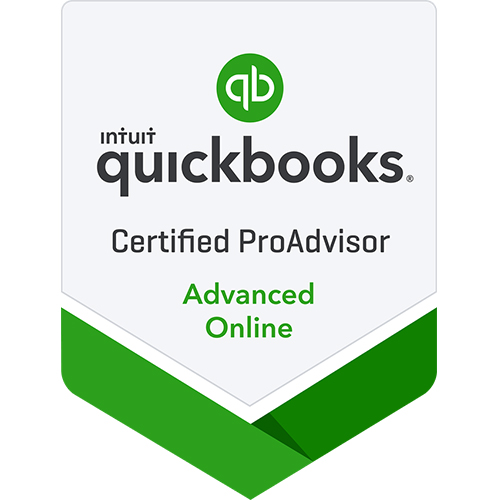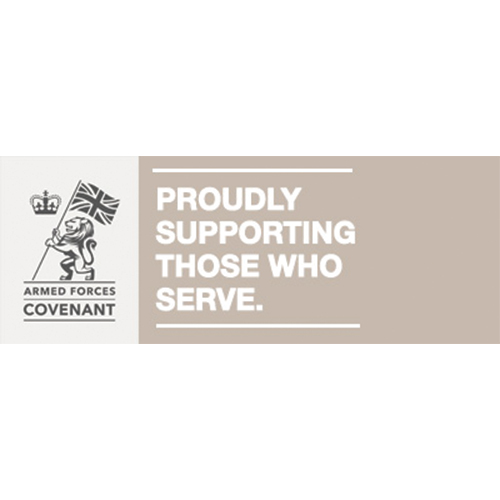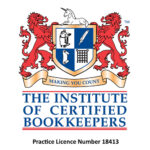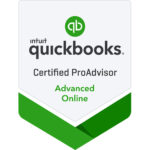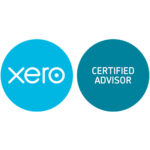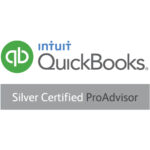When it comes to accountancy and bookkeeping, there are loads of terms that you’ll find being used and you might not know what they all mean.
Well, we’re here to serve, so in this blog we’ll explain some of the most common phrases and words associated with small business accounting and bookkeeping.
Accounting Period
“An accounting period is any time frame used for financial reporting. Transactions that fall within a given date range form part of the statements or reports for that accounting period. An accounting period, or reporting period, is often 12 months. There may be different accounting periods for various business tasks.”
Source: Xero
Accounts Payable
Accounts payable means any expenses that you have incurred but are currently unpaid. So say you order some stock and you pay when it arrives, during the period between when you place the order and you pay the invoice, the amount you owe the supplier sits in ‘accounts payable’.
Accounts Receivable
Similar to Accounts Payable but the other way round. Accounts Receivable refers to any sales you’ve made that have not yet been paid for.
Accrual
Similar to Accounts Payable and Accounts Receivable, an accrual is revenue or expenses that have been earned or incurred but not yet received/paid for.
For example, if a company has a savings account that earns interest, the interest that has been earned but not yet paid would be recorded as an accrual on the company’s financial statements.
Assets
An asset is anything your business owns that has a monetary value. This can include cash in the bank, stock, vehicles, property and more.
Balance Sheet
A balance sheet is a financial statement that reports on all of your business income and expenditure as well as assets, liabilities and equity (if you have shareholders). Balance sheets are usually prepared once a year but can cover any given time (the accounting period).
Business Entity
The term Business Entity is used to describe any organisation/company that has been formed to conduct business. Most businesses fall into one of four categories: sole trader, partnership, limited liability partnership or limited company.
Capital Asset
“A capital asset is an asset that will be useful to your business over a long period of time (usually more than two years) and costs more than your usual day-to-day running costs. A capital asset could be a piece of equipment, or an investment.”
Source: FreeAgent
Capital Allowances
When you buy a Capital Asset, you may be eligible for a Capital Allowance, which allows you to save tax on the purchase of that item.
Capital Gains Tax
CGT is a tax that is due on the profit you make from selling (or disposing of) an asset that has increased in value. Tax is due on the gain you make, rather than the total value.
Cash Basis Accounting
This is the method of accounting that includes your income and expenditure based on the date the money was received or paid out. For more information on this accounting method, read our blog “What’s the best accounting method for your business”
Confirmation Statement
A confirmation statement is a document that Limited Companies and LLPs must file with Companies House each year. It basically contains the details of the partners/directors and shareholders, along with some other basic business information.
Drawings
Drawings is a fancy word for withdrawal and is usually associated with transferring money to your personal account from a business account, or can be used for transactions for personal items, from a business account.
Financial Year & Fiscal Year
The financial year runs from 1st April one year to 31st March the following year. The financial year applies to businesses that pay corporation tax – like Limited Companies
The fiscal year runs from 6th April one year to the 5th April the following year. The fiscal year is another word for the tax year.
Invoice
An invoice is a document that is sent to customers or clients detailing the payment that is due for goods/services the company has supplied. Find out more about invoices here.
Limited Company
“A limited company is a type of business structure where the company has a legal identity of its own, separate from its owners (shareholders) and its managers (directors). Even if a company has only one individual involved with it and that person is the only shareholder and the only director, the company is still a separate legal entity.”
Source: FreeAgent
Limited Liability Partnership (LLP)
“An LLP, or limited liability partnership, is a form of partnership in which, unlike a traditional partnership, the individual partners have limited liability. An LLP, therefore, is closer to a limited company than to a traditional partnership. In a traditional partnership, all the liabilities fall on the partners, not on the partnership, because the partnership itself does not have any distinct legal identity. However, an LLP is a legal entity in its own right, and is thus subject to its own liabilities. This means that the individual partners of an LLP (called “members”) are not liable for the debts of the entire LLP.”
LLP’s are quite common amongst legal firms.
Source: Healys
Net Profit
Net profit is the amount of money your business has made, minus all your business expenses. To find out more about the difference between gross & net profit, read our blog “What’s the difference between my turnover, gross profit and net profit?”.
Partnership
A partnership is an agreement between two or more people, to enter into a shared business. They share the ownership of the business, which can be split by percentages (they don’t have to own 50% each if there are two of them).
Profit
Profit can be either gross profit or net profit. To find out more about the difference between gross & net profit, read our blog “What’s the difference between my turnover, gross profit and net profit?”.
Reconciliation/Reconciling
This is the process of matching up your transaction to your bank statements and bank balance.
Self-Assessment
This refers to the system that HMRC uses to collect tax from sole traders and those who are self-employed. It’s often just referred to as your tax return.
Sole Trader
A sole trader is someone who is the only person responsible for their business. They are the exclusive owner and are entitled to keep all their profits (after tax). They are liable for any company losses.
VAT
VAT is short for value added tax. It’s a tax which is applied to most goods and services at the point of sale. Not all businesses have to charge VAT but if you become VAT registered not only do you have to charge VAT on your applicable sales, you also have to pay VAT to HMRC.
We hope you’ve found this glossary useful, if you have any questions about any of the terms covered, or anything we’ve left out, please get in touch, as we’d be happy to help.



